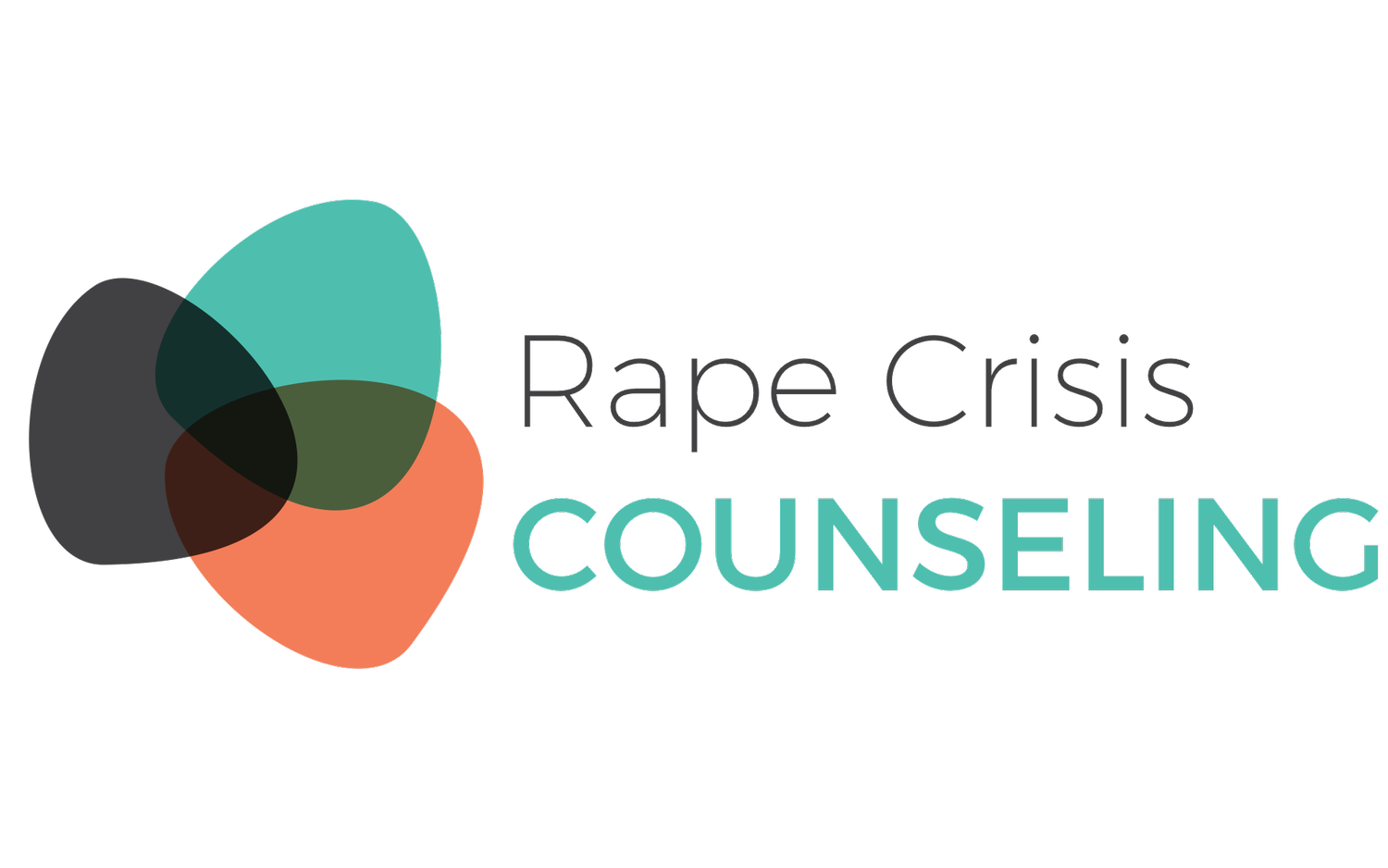4.3.4.2 Photographs
Photographic evidence will only be taken if the healthcare provider has the survivor’s consent both before the process and throughout.
Photographs document any injuries, including cuts and bruises, on the survivor’s body.
It’s standard for two photographs to be taken of each injury. The first is a general photo of the injury, and the second is with a ruler or other measuring device in the photo so that the size of the injury is clear.
This is necessary because if the case goes to trial, these visible injuries will probably have disappeared.
Taking as much information as possible is vitally important for prosecution, but not every survivor has injuries that need to be photographed.
Just because a survivor may not have injuries or marks does not mean that sexual assault has not happened.
Documenting injuries is necessary to paint a picture of what happened at the time of the assault, and a forensic exam is the one and only opportunity to capture this.
